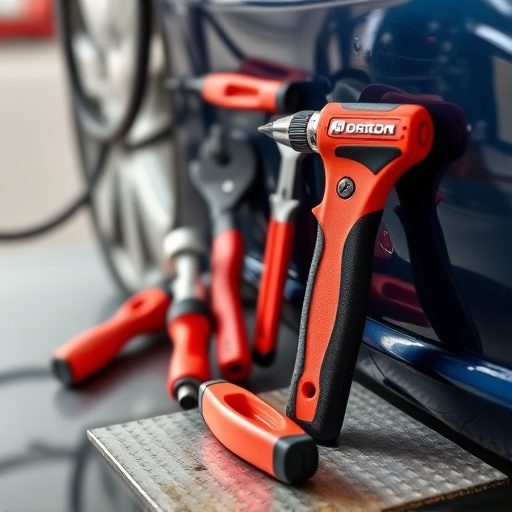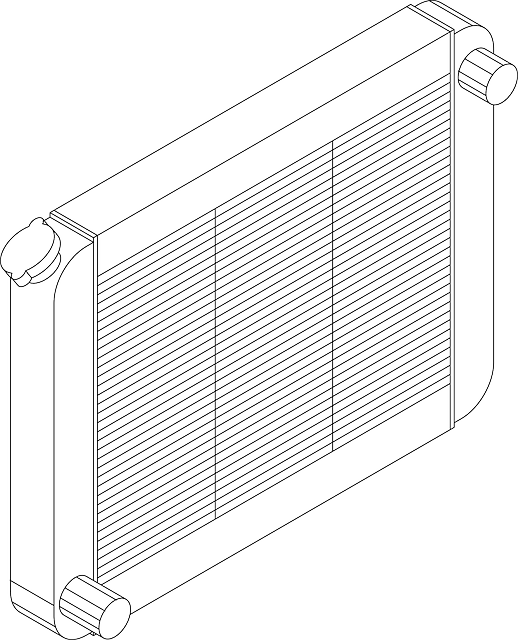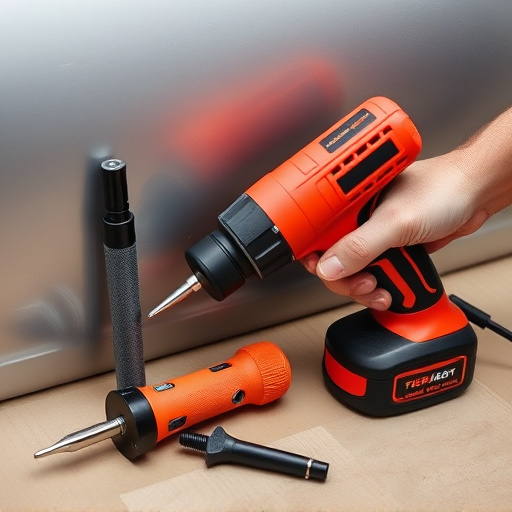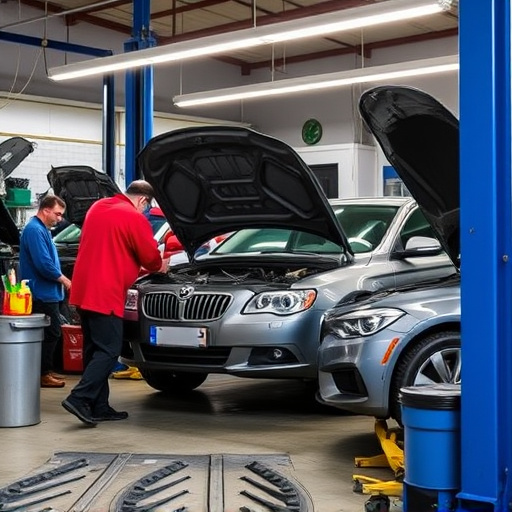Structural repair warranty claims arise from issues like poor construction, water damage, and faulty systems. Identifying and documenting damage is crucial. Communicating with providers through dedicated channels, submitting detailed claims, and maintaining clear documentation streamline resolution for covered repairs, such as auto collisions or glass replacement. Successful claims serve as learning opportunities, emphasizing the value of collaboration, transparency, and prompt reporting in achieving positive outcomes across industries.
In the realm of home ownership, understanding structural repair warranty claims is paramount for any homeowner or property manager. This article delves into the intricate world of real cases involving structural repair warranties, shedding light on common causes of these claims and providing a comprehensive guide to navigating the claim process. Additionally, it explores successful resolutions through case studies, offering valuable insights for proactive management and effective dispute resolution. Discover how to protect your investment and avoid costly mistakes in structural repairs.
- Common Causes of Structural Repair Warranty Claims
- Navigating the Claim Process: A Step-by-Step Guide
- Successful Resolutions and Learning from Case Studies
Common Causes of Structural Repair Warranty Claims

Structural repair warranty claims often arise from a variety of issues that compromise the integrity of buildings or vehicles. Some of the most common causes include poor initial construction, use of substandard materials, and exposure to elements such as water or extreme weather conditions. For instance, leaks in roofs or walls can lead to significant structural damage over time, especially in regions prone to heavy rainfall or snow. Similarly, vehicles subjected to bodywork repairs, like bumper repair due to hail damage repair, may experience long-term issues if the initial fix was not properly executed, leading to claims under their structural repair warranties.
Other frequent culprits include inadequate foundation work, faulty plumbing systems, and electrical problems that can weaken structural components. For example, moisture intrusion through cracks in foundations or walls can result in corrosion of steel beams or support columns, necessitating costly repairs. Moreover, structural issues may go unnoticed for extended periods, allowing minor problems to escalate into major repairs, complicating the resolution process under warranty coverage.
Navigating the Claim Process: A Step-by-Step Guide

Navigating the claim process for a structural repair warranty can seem daunting, but understanding the steps involved can make the journey smoother. It begins with recognizing the issue and gathering evidence—photos, reports, or any documentation related to the structural damage. Once identified, contact your warranty provider promptly. Many companies offer dedicated support lines or online portals specifically designed for claims.
Next, submit your claim, ensuring you include all necessary details and supporting materials. The provider will then assess the damage, verify coverage based on your policy terms, and approve or deny the claim. If approved, they’ll guide you through the repair process, coordinating with a network of trusted repair facilities. For services like car collision repair, auto glass replacement, or tire services covered under your warranty, this ensures seamless, stress-free resolution while maintaining the structural integrity of your vehicle.
Successful Resolutions and Learning from Case Studies

Successful resolutions of structural repair warranty claims often serve as invaluable case studies for both homeowners and contractors alike. By examining these instances closely, everyone involved in the building industry can gain crucial insights into effective communication, meticulous documentation, and fair dispute resolution processes. These cases highlight that while structural repairs can be complex, a collaborative approach and adherence to warranty guidelines can lead to positive outcomes for all parties.
Learning from real-life scenarios is essential when navigating structural repair warranties. For instance, prompt reporting of issues and clear documentation of the problem and proposed solution can significantly expedite the claims process. Additionally, maintaining transparency throughout and being receptive to feedback fosters an environment of trust, ensuring that even the most challenging cases are resolved satisfactorily. Whether you’re considering auto body repairs or tire services near you or managing a large-scale construction project, understanding these principles is vital for successful warranty claim resolutions.
In exploring real cases of structural repair warranty claims, we’ve uncovered common causes, navigated the claim process, and examined successful resolutions. This article has provided valuable insights into managing and resolving these claims effectively. By understanding the prevalent issues and following a structured approach, builders, contractors, and homeowners can minimize disputes and ensure peace of mind under their structural repair warranties. Remember, proactive measures and clear communication are key to preventing and resolving potential problems related to structural repairs.














